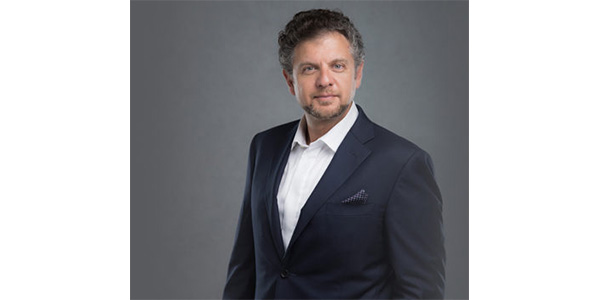
A recent study noted that about 60 percent of family wealth disappears because of a lack of communication and trust among family members, and this can be especially true when the person who built a thriving family business retires or passes away.
For some siblings thrust into the roles of company caretakers, overcoming distrust of each other – or of non-family members involved with the business – can be a giant hurdle. This is especially true when that lack of trust is due to old family wounds that may have nothing to do with the business.
Rebuilding that trust can take time, transparency and a willingness to not let past injustices and perceived slights ruin a business that probably took years for the founders to build, says Raméz Baassiri, author of “Interrupted Entrepreneurship: Embracing Change in the Family Business.”
He says one way for a family business to rebuild that trust is to create a “family constitution.”
“A family constitution is a guiding light that defines roles and responsibilities for the family members taking over the business,” says Baassiri, who is a board member of AHB Group, a multinational and multigenerational family business. “It eliminates confusion and will head off many family arguments about who is doing what, and what the rights and responsibilities are of each participant.”
Baassiri says such constitutions are not carved in stone, and most families revisit them annually to see if changes are needed. They typically contain these components:
- Core principles. The document usually begins with the business’ mission statement, vision and company philosophy.
- Creation of governing articles. This should clearly establish the responsibilities of each governing body (whether it is a single-family council or a combination of family council and board of directors) and the basic operational structure for each, including how leaders are selected and a standard code of conduct.
- Restructuring the board to reflect all shareholders. With the retirement or death of the founders, the makeup of the company will inevitably change. The family constitution frequently restructures the board of directors to better reflect the interests of all shareholders.
- Ultimate goals. This is the part of the constitution that spells out where the company wants to be in the future, with clearly defined goals.
- Policy for employing family members. Spelling out how family members may enter the family business can save a lot of headaches later. Typically, these include rules such as following the same application and approval process as non-family members, as well as no special privileges and salary expectations that are the same as non-members.
- Guidelines for conflict resolution. This lays out how internal problems and conflicts can best be resolved, with guidelines for forming a conflict resolution committee, should one be necessary.
“Family members often have no experience in running businesses, yet they are thrust into leadership roles unexpectedly due to the death of a founder or because of other issues,” Baassiri says. “A family constitution will help everyone work together more smoothly so the business can survive.”
About Raméz Baassiri
Raméz Baassiri, author of “Interrupted Entrepreneurship: Embracing Change in the Family Business,” is a board member of a multinational, multigenerational family business. Baassiri is a firm believer in education through storytelling—a concept that can, and does, change the world for the better.













